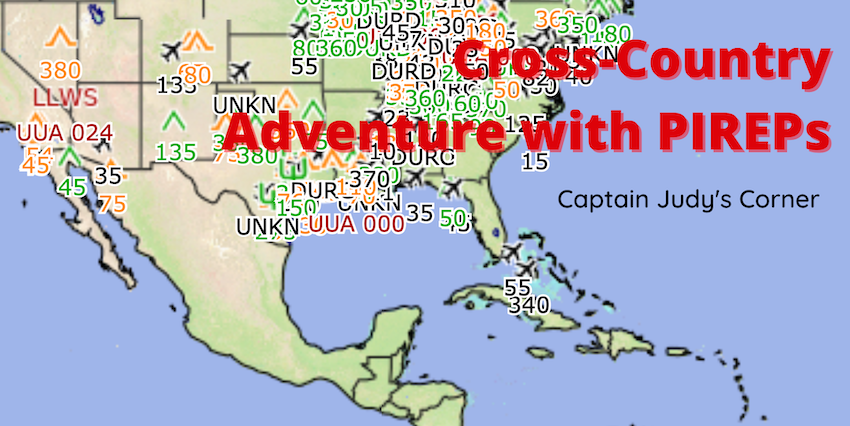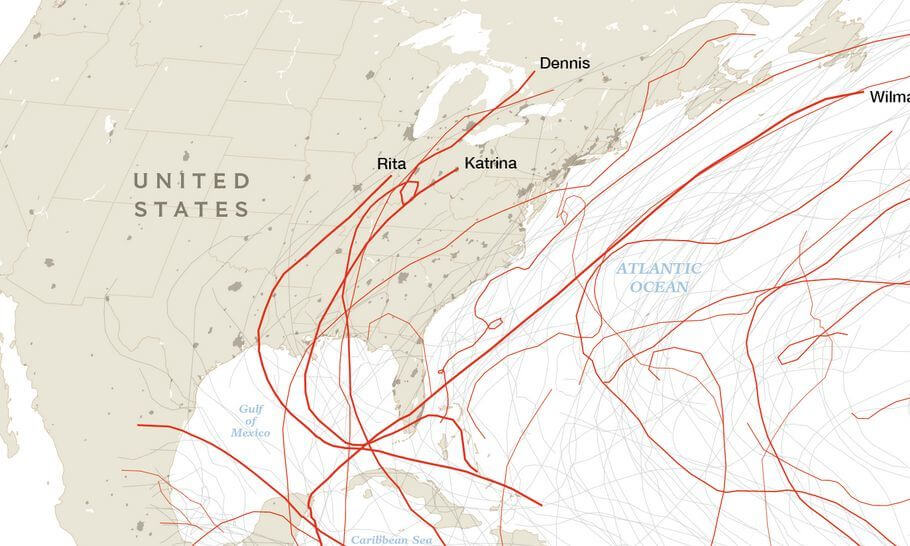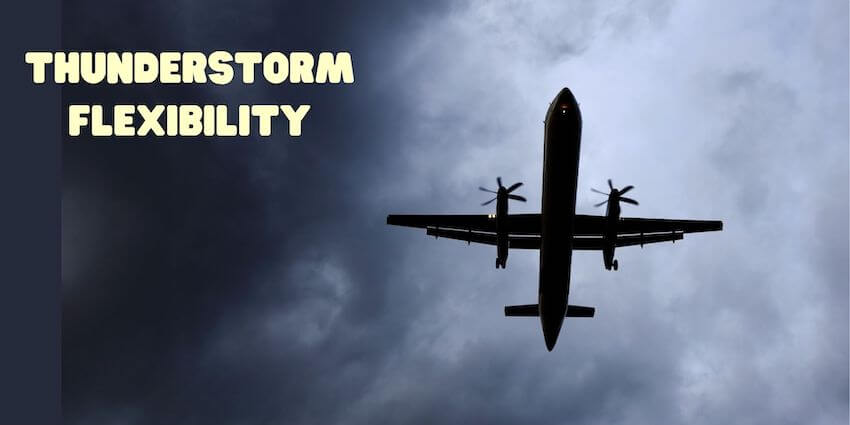NOTAMs
Decoding NOTAMs: Hanoi to Hong Kong Captain Judy’s Corner The Citation jet was ready for departure at Hanoi, Vietnam (VVNB) with a destination Hong Kong (VHHH). Weather was agreeable along our entire route. The NOTAMs were an issue. Acquiring the most current weather and NOTAMs can be challenging when flying international. For example, each country will have a different responsible agency to contact for this information. Once the pilot locates the agency, they must often pay a fee and apply for ramp access to the facility. Airlines provide this information to the crew. General aviation pilots can pre-purchase this information through a commercial contractor or locate the agency on their own. During our 2015 World Flight, we pre-purchased these services. … Read more







